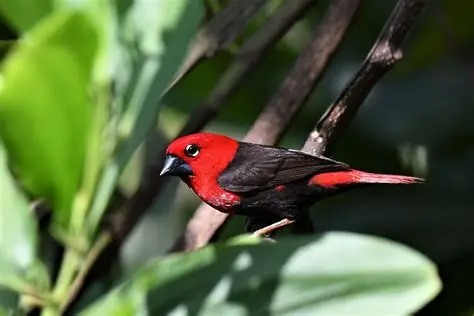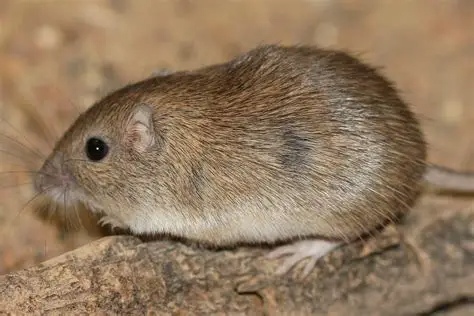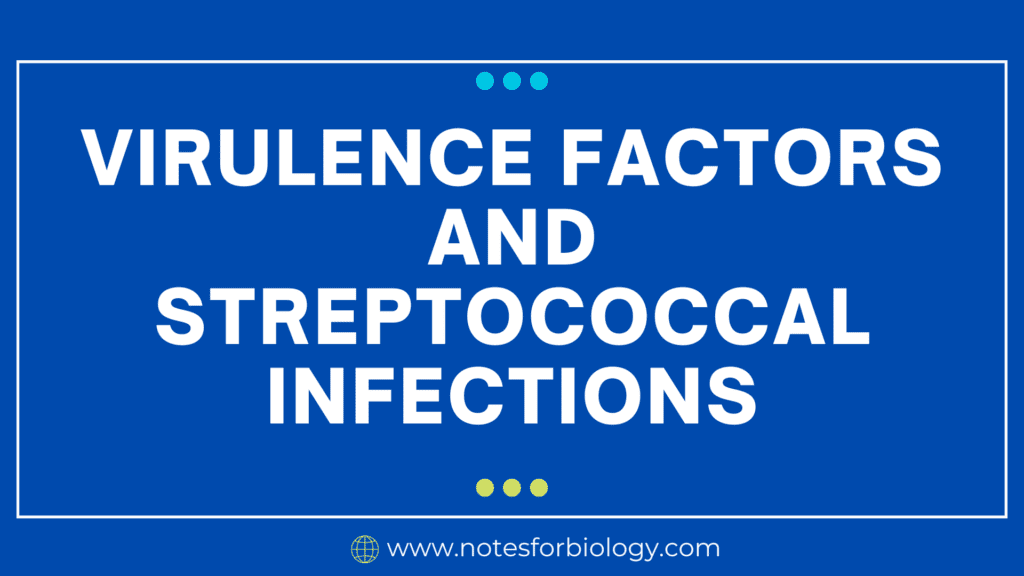Introduction
In the incredible story of evolution, nature constantly selects traits in living organisms that help them survive better in their environment. This selection process, known as natural selection, operates in various ways. One of the most fascinating yet often misunderstood types of natural selection is disruptive selection. This process can lead to spectacular diversity within a population, sometimes even contributing to the birth of new species.

Let’s explore disruptive selection in depth, covering its definition, mechanisms, real-world examples, outcomes, and evolutionary significance in a way that is not just scientifically accurate, but also easy to understand and connect with.
Table of Contents
What is Natural Selection? A Quick Refresher
Natural selection is a biological process in which individuals with certain heritable traits survive and reproduce more successfully than others. Over generations, these traits become more common in the population.
There are three main types of natural selection:
- Stabilizing selection – favors the average traits and selects against extremes.
- Directional selection – favors one extreme of a trait over the other.
- Disruptive selection – favors both extremes of a trait, selecting against the average.
Definition
Disruptive selection, also known as diversifying selection, is a form of natural selection in which individuals with extreme traits at both ends of a spectrum are favored over individuals with intermediate or average traits. Over time, this can lead to the formation of two or more distinct phenotypes within a population.
In simpler terms, if you imagine a bell curve representing a trait like beak size or fur color, disruptive selection flattens the middle of the curve and boosts both sides, encouraging both small and large beaks, or light and dark fur, while disfavoring medium-sized or medium-colored traits.
Biological Definition
In biology, disruptive selection is defined as:
“A mode of natural selection in which extreme values for a trait are favored over intermediate values, potentially leading to two or more contrasting phenotypes within a population.”
Key Characteristics
- Two or more distinct forms of a trait increase in frequency.
- The average or intermediate traits decline.
- Can result in polymorphism – the presence of multiple distinct forms in a population.
- May lead to speciation over long periods.
How Does it Work?
The Mechanism Behind it
It occurs when environmental conditions or ecological niches favor individuals with traits at both extremes. These individuals are better adapted to different conditions, whereas individuals with intermediate traits are less successful.
Let’s take an example:
Imagine a population of birds living on an island with two types of seeds—very hard seeds and very soft seeds. Birds with large, strong beaks can crack the hard seeds, while those with small, delicate beaks can easily handle soft seeds. But birds with medium-sized beaks struggle with both types of seeds. Over time, birds with very large or very small beaks will survive and reproduce more, while medium-beaked birds decline.
This is the essence of disruptive selection.
Genetic Basis
From a genetic point of view, disruptive selection increases the genetic variance within a population. This happens because the genes associated with both extremes of a trait become more common, while those associated with the intermediate form become less common.
When maintained over multiple generations, this can lead to:
- Balanced polymorphism – where both forms coexist.
- Reproductive isolation – where mating becomes more frequent within each extreme form, possibly leading to new species.
Real-Life Examples
Let’s explore some fascinating and well-documented examples from nature that clearly show how disruptive selection plays out in the real world.
1. African Seedcracker Finches

In West Africa, there is a species of bird called the African seedcracker finch (Pyrenestes). These birds have two types of beaks:
- Large, strong beaks – ideal for cracking hard seeds.
- Small, pointed beaks – suited for soft seeds.
Interestingly, medium-sized beaks are rare. Why? Because medium-sized beaks are not effective at handling either type of seed. Birds with medium beaks are less likely to survive and reproduce, so natural selection favors the two extremes. This is a classic case of disruptive selection.
2. Rock Pocket Mice
These mice live in the deserts of the southwestern United States. The ground is a mix of light-colored sand and dark volcanic rock.

- Mice with light fur blend in with the sand.
- Mice with dark fur blend in with the volcanic rock.
- Mice with medium-colored fur stand out in both habitats and are more likely to be eaten by predators.
As a result, both light and dark mice are favored, and the middle-colored mice are selected against—an excellent example of disruptive selection.
3. Salmon Mating Strategies
In some populations of salmon, males show two different mating strategies:

- Large “hook-nosed” males fight for access to females.
- Small “sneaky” males dart in and fertilize eggs secretly.
Medium-sized males are not strong enough to fight or small enough to sneak, so they reproduce less successfully. Both large and small males are favored, while intermediates are selected against.
4. Human Traits
Some researchers suggest that skin color in human populations may have once been subject to disruptive selection due to varied exposure to sunlight in different environments. While speculative, it points to how environmental diversity can shape human variation.
Another hypothesis relates to sickle cell trait and malaria resistance. Individuals heterozygous for sickle cell trait (one normal gene and one sickle cell gene) have a survival advantage in malaria-prone areas. This represents a kind of balancing selection, which is sometimes a result of disruptive selection forces.
5. Butterfly Mimicry
In Papilio butterflies, females sometimes mimic toxic butterflies to avoid predators. Different toxic models may exist in the same area, so mimicry of multiple toxic species is favored. Females with intermediate patterns (not resembling any model) are more likely to be attacked. Thus, both extremes of wing patterns are favored.
Why Does Disruptive Selection Matter?
1. Increases Diversity
Disruptive selection maintains or even increases the phenotypic diversity in a population. It helps ensure that not all organisms are the same, which is essential for adapting to changing environments.
2. Leads to Polymorphism
When a population exhibits two or more stable phenotypes, it is said to show polymorphism. Disruptive selection is a key driver of polymorphism in nature. For example, multiple color morphs in lizards or multiple beak sizes in birds.
3. Contributes to Speciation
Given enough time and isolation, disruptive selection can lead to speciation—the formation of new species. If the two extremes of a population stop interbreeding (due to behavioral, ecological, or genetic reasons), they may evolve independently into distinct species.
4. Maintains Rare Traits
Sometimes, traits that would normally be rare in a population are maintained through disruptive selection. For example, left- and right-mouthed scale-eating fish coexist because each form has a specific feeding advantage.
5. Helps Organisms Adapt to Niche Environments
In heterogeneous environments—where there are different ecological conditions—disruptive selection allows organisms to specialize in different ecological niches. This specialization helps them avoid competition and survive more efficiently.
Visualizing Disruptive Selection
Imagine a graph showing the distribution of a trait, like beak size. Initially, most individuals have medium-sized beaks, forming a bell curve. After several generations of disruptive selection:
- The peak of the curve at the center flattens.
- Two new peaks emerge at either end.
- The average form declines.
This U-shaped curve visually represents the change caused by disruptive selection.
Comparison With Other Types of Natural Selection
Let’s compare disruptive selection with stabilizing and directional selection to highlight its uniqueness.
Stabilizing Selection
- Favors: Intermediate traits.
- Reduces: Genetic variation.
- Example: Human birth weight – very low or very high weights are less likely to survive.
Directional Selection
- Favors: One extreme of a trait.
- Shifts: The population average in one direction.
- Example: Giraffes with longer necks reaching higher foliage.
Disruptive Selection
- Favors: Both extremes.
- Eliminates: Intermediate traits.
- Example: Seedcracker finch beak sizes.
Factors That Promote Disruptive Selection
- Heterogeneous Environments: Diverse environments with multiple resources.
- Predation Pressure: Where different appearances help avoid predators.
- Sexual Selection: Mating preferences that vary for different traits.
- Resource Partitioning: When individuals specialize in using different resources.
Potential Outcomes of Disruptive Selection
1. Speciation
If individuals with extreme traits begin to mate only among themselves, reproductive isolation may follow. This can lead to sympatric speciation – speciation without geographic isolation.
2. Genetic Divergence
Over time, gene pools of extreme groups may diverge, accumulating different mutations, adaptations, and even behaviors.
3. Balanced Polymorphism
Disruptive selection can lead to a stable state where two or more phenotypes coexist without turning into separate species, especially if mating is random.
Challenges in Studying Disruptive Selection
Studying disruptive selection in nature can be difficult because:
- It often requires long-term observation.
- Intermediate forms may not disappear completely.
- Environmental conditions that trigger it may be complex or temporary.
- Experimental proof in wild populations is rare.
Despite these challenges, disruptive selection is increasingly being recognized as an important evolutionary force.
Modern Research and Technological Insights
With advances in genomics, bioinformatics, and experimental evolution, scientists are now able to trace the genetic signatures of selection in populations more precisely. Studies in bacteria, fruit flies, and even human genetics suggest that disruptive selection plays a key role in maintaining genetic diversity.
Laboratory experiments with fruit flies (Drosophila) have shown that when raised in environments with two distinct food sources, flies can evolve into distinct groups preferring one food over the other—demonstrating disruptive selection in action.
Conclusion
Disruptive selection is a powerful and fascinating form of natural selection that shapes the diversity of life. By favoring traits at both extremes and selecting against the average, it creates variety, maintains genetic richness, and can even trigger the emergence of new species.
It challenges the old idea that nature always favors the average and shows us that being “different” can often be the key to survival. Whether it’s birds with extreme beak sizes, mice with contrasting fur colors, or humans with a wide range of traits—disruptive selection plays a silent but vital role in the evolutionary story of life.
Understanding disruptive selection not only helps us appreciate biodiversity but also gives insights into how life evolves in unpredictable and often dramatic ways.
FREQUENTLY ASKED QUESTIONS
What is the main difference between disruptive and stabilizing selection?
Disruptive selection favors extremes and eliminates the average, while stabilizing selection favors the average and eliminates extremes.
Can disruptive selection lead to speciation?
Yes, if extreme forms stop mating with each other and become reproductively isolated, disruptive selection can lead to new species over time.
Is disruptive selection common in nature?
It’s less commonly observed than other forms, but many known examples exist, especially in animals with diverse ecological roles.
Related Articles




